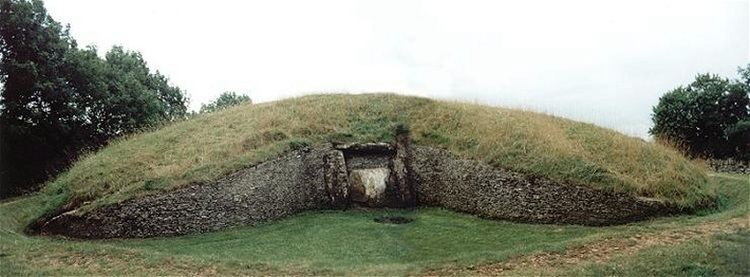 | ||
In focus west kennet long barrow
A long barrow is a prehistoric monument usually dating to the early Neolithic period. They are generally about 5,500 years old and among the oldest architectural structures ever built. They are traditionally interpreted as a collective tomb.
Contents
- In focus west kennet long barrow
- Explore west kennet long barrow avebury
- Function
- Survival of ancient long barrows in England
- Geographic distribution
- Anthropology
- Modern barrows
- References
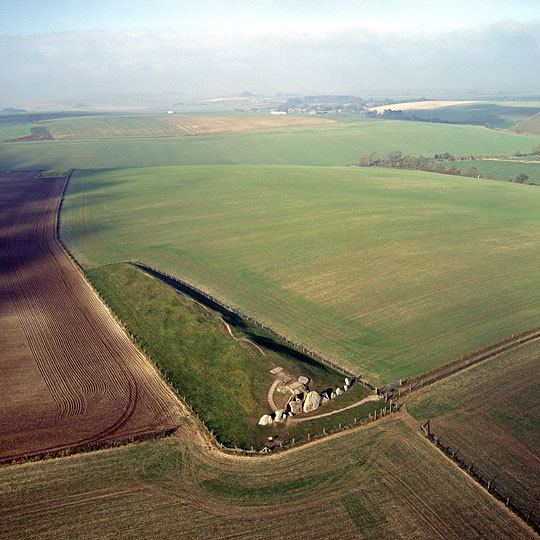
They are rectangular or trapezoidal tumuli or earth mounds. Long barrows are also typical of several Celtic, Slavic, and Baltic cultures of northern Europe of the 1st millennium AD.
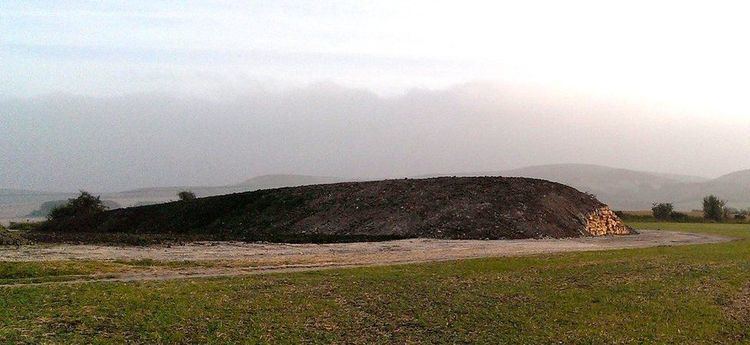
In recent years the construction of barrows seems to have undergone a revival.
Explore west kennet long barrow avebury
Function
The totality of the function of long barrows is not known, and perhaps can never be known.
It is clear they were used as funerary monuments at the time they were built.
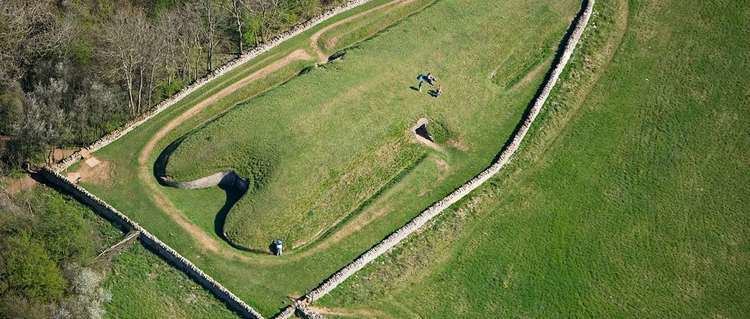
It is also understood that this use continued more or less formally for many thousands of years after, remains being placed at the sites or into the earth of the monuments for many centuries.
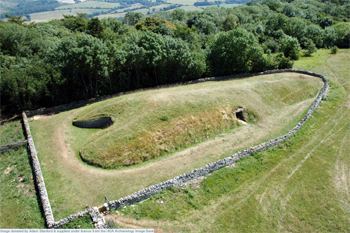
It has been speculated that they also had cultural roles linked to the re-assignment of roles, for example within the domestic-type roles that existed (such child rearing) in setting of high rates of death in child birth, and also the farming and other practical tasks which would have required redistribution to different members of the community upon the death of one of its members.
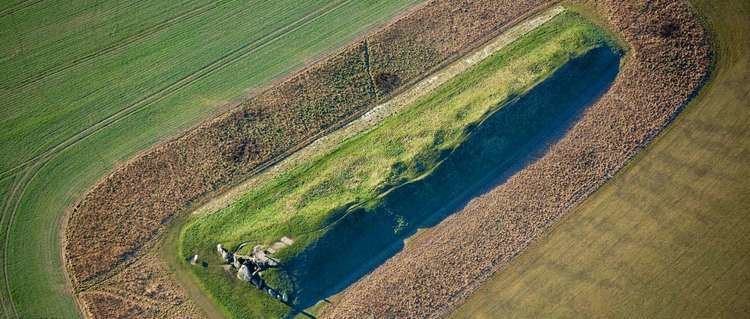
They contain bones of many individuals, which often show evidence of regular moving around or sorting. This is known to have happened at West Kennet Long Barrow in Wiltshire, for example.
It appears the structures were accessed regularly, not just to inter newly deceased bodies but also to make use of the old bones there. It is possible that bones were taken out of the barrow for some purpose and returned later. Some authors speculate that this was part of an ancestor veneration practice.
In the present-day there is a parallel custom observed in the Famadihana tradition found in Madagasgar.
Survival of ancient long barrows in England
Modern tillage techniques have done much damage to barrows. According to English Heritage, in the last six decades as much as traditional tilling did in six centuries.
Specifically, it is thought:
have been damaged.
It is also thought that barrows have been re-purposed and otherwise incorporated into subsequent structures which has masked their existence.
Geographic distribution
The distribution of these structures across the British Isles is not understood to be uniform. There is thought to be a concentration along in the lower reached of River Severn and in the Cotswolds, and examples in Wales, the southeast of England and some examples along the Welsh border an into the north west.
However, it is not understood whether or not this is function of different rates of survival rather than a result of their concentration being localized to certain areas at the time the structures were raised.
For example the record in the West Midlands is thought to under-record the presence of these structures.
Anthropology
Various early cultures globally seem to have raised barrows over time.
Modern barrows
In 2015 the first long barrow in thousands of years, inspired by those built in the Neolithic Period, was built on land just outside the village of All Cannings. The project was instigated by Tim Daw, a local farmer and steward of Stonehenge. The barrow was designed to have a large number of private niches within the stone and earth structure to receive cremation urns.
The structure received significant media attention, with national press writing extensively about the revival of the structures, and various episodes of filming, for example by BBC Countryfile as it was being built. It was fully subscribed within eighteen months.
This was followed soon after by a new barrow near St Neots. Further plans to revive barrows are in development in Herefordshire and at Soulton in Shropshire.
